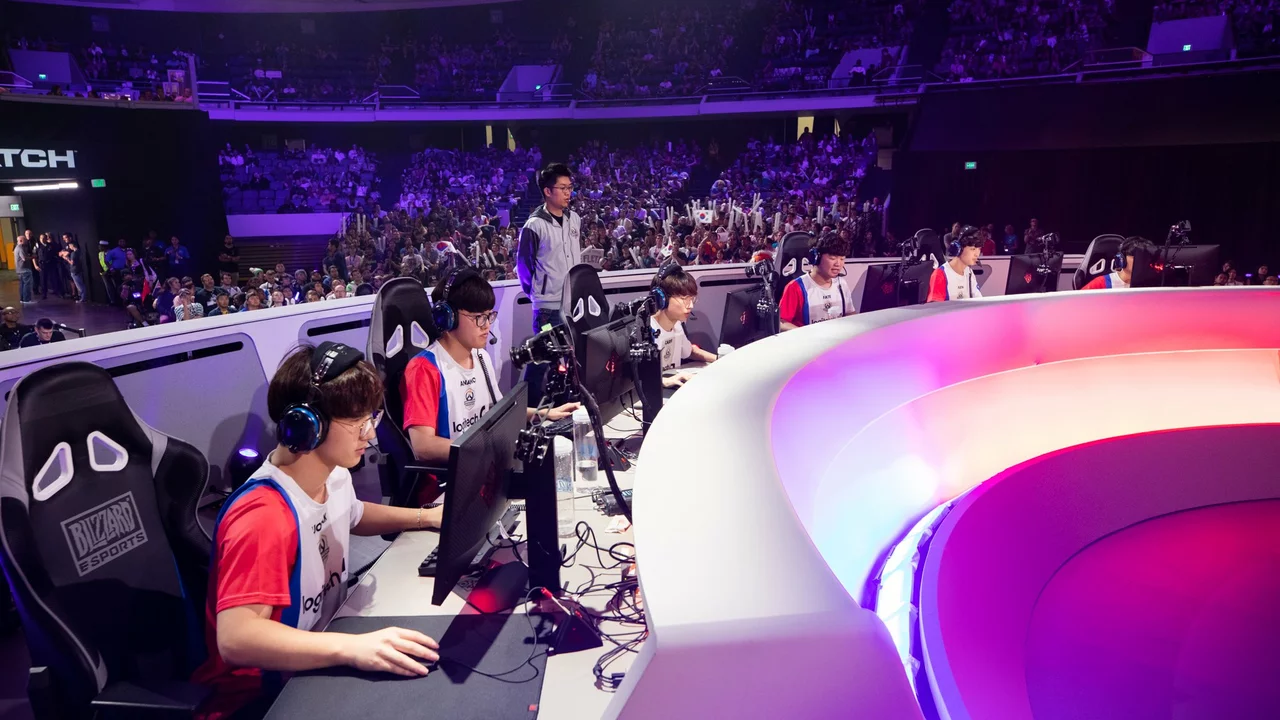e-sports Obsession: What It Means for Young Athletes
If you’ve ever walked into a school hallway and heard a dozen kids shouting about a new game update, you know the hype is real. e‑sports isn’t just a hobby anymore; it’s become a full‑on passion that rivals any traditional sport. For many young players, the thrill of climbing leaderboards, streaming live, and earning a badge feels just as rewarding as scoring a goal on the field. Let’s break down why the e‑sports wave is so strong and what it means for kids who love both screens and sneakers.
The Pull of Competitive Gaming
First off, the competition is fierce and instant. One click, one decision, and you either win or lose in seconds. That fast feedback loop keeps the adrenaline pumping and makes players come back for more. Add in cash prizes, scholarship deals, and a growing pro‑scene, and you’ve got a career path that rivals any traditional sport. Many schools now have dedicated gaming clubs, and colleges are offering e‑sports scholarships, turning a pastime into a legit opportunity.
Community is another big driver. Platforms like Discord and Twitch let gamers chat, share strategies, and celebrate victories together, no matter where they live. That sense of belonging can be especially powerful for teens looking for a tribe. When a team wins a tournament, the whole group feels the high – just like a school’s basketball team after a big win.
But the excitement isn’t all rosy. The same fast‑paced environment can lead to burn‑out if kids play nonstop. The line between a healthy hobby and a habit that hurts schoolwork or sleep is thin. That’s why it’s crucial to set limits early on, just like you’d schedule practice for a soccer team.
Keeping It Healthy: Balancing Screens and Sports
One practical tip is to treat gaming like any other training session. Schedule specific blocks for practice, then follow up with a physical activity. A quick jog, a basketball drill, or even a dance break can reset the mind and keep the body active. Mixing the two helps prevent the stiffness and eye strain that come from long hours in front of a monitor.
Parents and coaches can also use tech to their advantage. Many games now have built‑in timers or parental controls that remind players to take breaks. Encourage kids to set a timer for 45‑minute gaming bursts, then get up for a 10‑minute stretch or a quick ball toss. It’s a simple routine that builds discipline without killing the fun.
Another smart move is to link gaming goals with real‑world rewards. For example, finish a school assignment before logging into a match, or earn extra gaming time by completing a week of physical training. This creates a balanced reward system and shows kids that success in one area can support another.
Finally, keep the conversation open. Talk about the pressures of e‑sports – the need to stay on top, the fear of losing status, or the temptation to skip homework. By recognizing these challenges, you can help young athletes develop coping strategies, just like a coach would teach mental toughness on the field.
e‑sports obsession isn’t going anywhere, and that’s a good thing when managed well. It teaches teamwork, strategic thinking, and tech skills that are valuable in today’s world. Pair those lessons with physical activity, good sleep, and a balanced diet, and you’ll have a well‑rounded athlete ready for both the digital arena and the real one.
Why is south korea obsessed with e-sports?
South Korea's fascination with e-sports is hard to ignore. It's largely due to the country's advanced technology infrastructure, making online gaming widely accessible and seamless. Additionally, a highly competitive social structure stirs young individuals to excel in e-sports, as it's seen as a legitimate career path, not just a hobby. The government's support, with initiatives like building gaming arenas, also adds fuel to this passion. Lastly, the excitement and communal experience e-sports provides can't be understated - it's a shared cultural phenomenon that brings people together.
Read More
